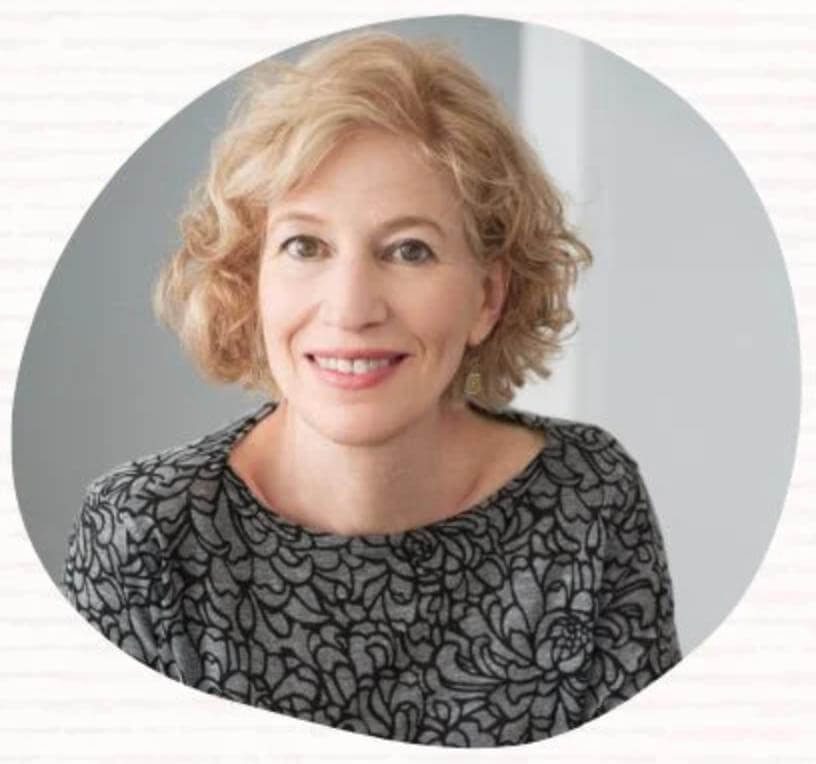Closing the Knowledge Gap – A Blueprint for Educational Reform
As a journalist and advocate, I have spent years delving into the intricacies of our educational system, particularly the persistent problem of the achievement gap. This gap, which exists between children from different socioeconomic backgrounds, is a significant factor in the state of education in America. It is time to address this problem head-on and develop a comprehensive education reform plan.
The Hidden Cause: Lack of Knowledge
The achievement gap is the difference in academic knowledge and vocabulary between children from low-income families and their more affluent peers. This gap begins early in a child’s life and continues to widen as they progress through school. The root cause of this gap is often a lack of access to rich and diverse knowledge and a focus on narrow, skills-based learning.
For too long, our education system has prioritized teaching general reading and math skills while ignoring the critical importance of building a broad knowledge base. Research has consistently shown that reading comprehension and critical thinking skills are highly dependent on background knowledge. If children do not have access to a wide range of information and experiences, their ability to understand complex texts and think critically is severely limited.
A Blueprint for Change
Addressing the knowledge gap requires a fundamental shift in our approach to education. Here are key elements of a blueprint for reform:
1. Knowledge-Rich Curriculum:
We must prioritize a curriculum that exposes children to a wide range of subjects, including history, science, literature, and the arts. A knowledge-rich curriculum ensures that all students, regardless of their background, have access to the same content and opportunities to develop a broad foundation of knowledge.
2. Effective Instructional Methods:
Equally important is the implementation of effective instructional methods that promote deep understanding and critical thinking. One such approach is the Hochman Method, outlined in “The Writing Revolution,” which teaches students to develop their thoughts and express them clearly through writing. This method can be applied across subjects and grade levels, advancing thinking and comprehension in all areas of study.
3. Professional Development:
Teachers play a pivotal role in closing the knowledge gap. Providing comprehensive professional development opportunities that equip teachers with the necessary strategies and resources is essential. Teachers need training in curriculum design, instructional techniques, and the integration of knowledge-building practices into their classrooms.
4. Equity and Access:
Ensuring equity and access for all students should be at the heart of educational reform efforts. This means addressing disparities in funding, resources, and support services to provide equal opportunities for every child. We must prioritize closing the opportunity gap that perpetuates the knowledge gap.
The Path Forward
Closing the knowledge gap is not an easy task, but it is extremely important. It requires a collective effort by policy makers, educators, parents and communities. By adopting a knowledge-rich curriculum, implementing effective teaching methods, providing professional development, and prioritizing equity and access, we can begin to close the gap and create a more equitable education system.

Ultimately, we need a system that values knowledge and empowers students to become critical thinkers and engaged citizens. By investing in the knowledge and intellectual development of our children, we pave the way for a brighter future. To learn more about achieving academic success, visit this article.

American Education Writer
Natalie Wexler is a DC-based education journalist focusing on literacy and the so-called achievement gap. She is the author of The Knowledge Gap: The Hidden Cause of America’s Broken Education System-and How to Fix It (Avery 2019), and the co-author of The Writing Revolution: Advancing Thinking Through Writing in All Subjects and Grades (Jossey-Bass 2017), a step-by-step guide to using the instructional method developed by Dr. Judith Hochman. She is also a contributor on education to Forbes.com and the author of three novels.


